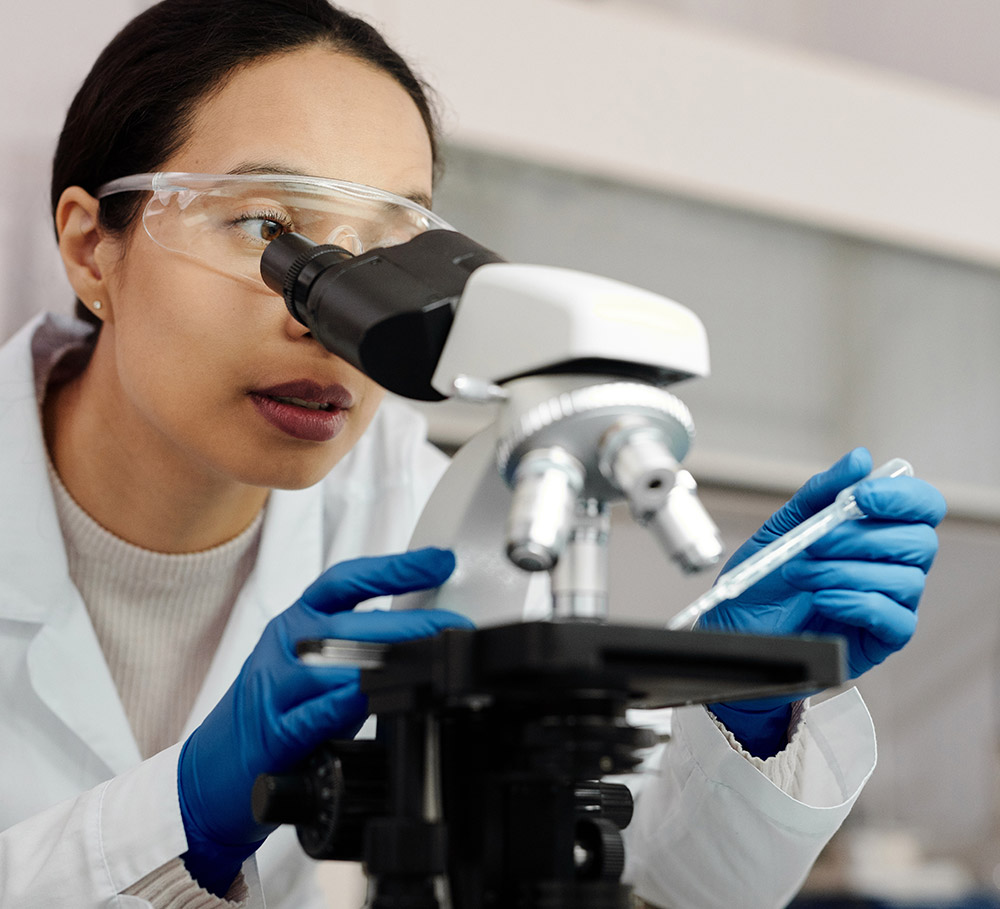Frequently Asked
Questions

What are stem cells?
Stem cells are cells which haven't decided who they want to be yet? They can become any cell in the human body. They are ‘pluripotent’. Every cell line begins with a stem cell then different cues within the cell and its environment dictate what kind of cell it turns into. This means your stem cells can re-populate almost any tissue in your body.
How were Stem cells discovered?
We have known about pluripotent stem cells for many years, but the initial work was done in the 1960s when they were first investigated in the animal model and then from human bone marrow. The initial research was around treatment of malignancy. You may have heard about the need to find a bone marrow ‘match’ to help treat blood and bone marrow type cancers. A bank of your own stem cells would provide this perfect match. In the 70s and 80s fantastic research was done on growing stem cells and storing them and now we have a brilliant technique to do this seamlessly and with great results.
What can stem cells do?
The applications of stem cells are ever and exponentially growing. They are useful in acute chronic and cosmetic medicine. In acute medicine there has been fantastic research showing good cardiac muscle return after acute myocardial infarction, fantastic resolution from neurological damage following stroke, head injury and spinal injuries and of course in the treatment of malignancy as well as acute trauma such as burns.
In the chronic health sphere stem cells have shown to be a promising new treatment for Alzheimer's and dementia, neurological conditions such as Parkinson's disease, multiple sclerosis and Huntington’s Chorea.
Cosmetically stem cells are fantastic in rejuvenating facial features and returning lost volume to the face. They can improve skin elasticity, appearance and can halt and reverse many signs of ageing. They are also efficacious the treatment of male pattern baldness.
Why fat?
Stem cells were initially harvested from bone marrow and can be harvested from blood. However, recent research has shown that they are in very high concentrations in human fat. This is a bonus because fat is often unwanted and is readily accessible. The processing of fat into stem cells has shown great return and great future colonies and supply of viable stem cells.
How are the how is my fat processed?
Your fat is removed during surgery and transported in specialised sterile containers to CK Cell Technologies. Once in the laboratory the fat is spun down and with a variety of techniques the unwanted tissue such as blood vessels nerves and fat cells are removed leaving the adipose derived stem cells (ADSC's). Once isolated they can be grown in a laboratory setting. It takes about 20 mils of fat to provide a good source of stem cells. The processing procedure and growth to 100 million stem cells takes about two weeks.
How effective is storage?
International papers accept over 75% viability of stem cells as successful storage. However, at CK cell technologies the results have shown 92 to 94% stem cell successful cryopreservation. This has been verified by several long-term studies. We are concurrently performing a phase one clinical trial to further verify the efficacy of our stored stem cells. In this study we are looking at the viability of your stem cells with three monthly testing using specific biomarkers. We are also comparing viability and function of stem cells comparing different ages of donors.
What happens if my stem cell population doesn't work?
This is most unlikely but if it did occur, we could usually first re-populate your stem cells that we have. Next, we could simply repeat fat removal in an office setting.
How safe is storage?
We chose CK Cell Technologies because of their track record of excellent research, long term seamless processing of stem cells and their faultless history in effective and safe storage of stem cells. They are an established team already performing this procedure and have done so for many years.
How do I know I can use my stem cells?
Already the applications to stem cells that are approved in Australia include haemopoetic malignancy (leukemias and blood cancers) as well as osteoarthritis. The international model shows an exploding array of applications being approved and the Australian model will undoubtedly follow suit.
Why now?
All stem cells work but research has shown that younger healthier patients provide better stem cells. This seems logical but we are currently affirming this with our phase one clinical trial assessing the efficacy of stem cells in different age groups. This means the time to strike is now!
How do we monitor the stem cells?
Every three months a sample is taken of your stem cell bank to assess its efficacy. The viability of your stem cells is reviewed using specific approved biomarkers.
What does it cost?
Stemortal we have used international pricing as well as the domestic cord blood pricing model as a guide. We offer the entire harvesting, transport, processing and freezing procedure for $3500. Safe and ethical storage, as well as recurrent viability testing is minimal at $300 per annum.
How long can the stem cells last?
Because of the unique techniques of CK cell technologies the stem cells are returned to an embryonic state. This means they have affectively unlimited numbers of reproductive cycles. This in turn means your stem cells can be used by you now, in the near future and for decades to come.

